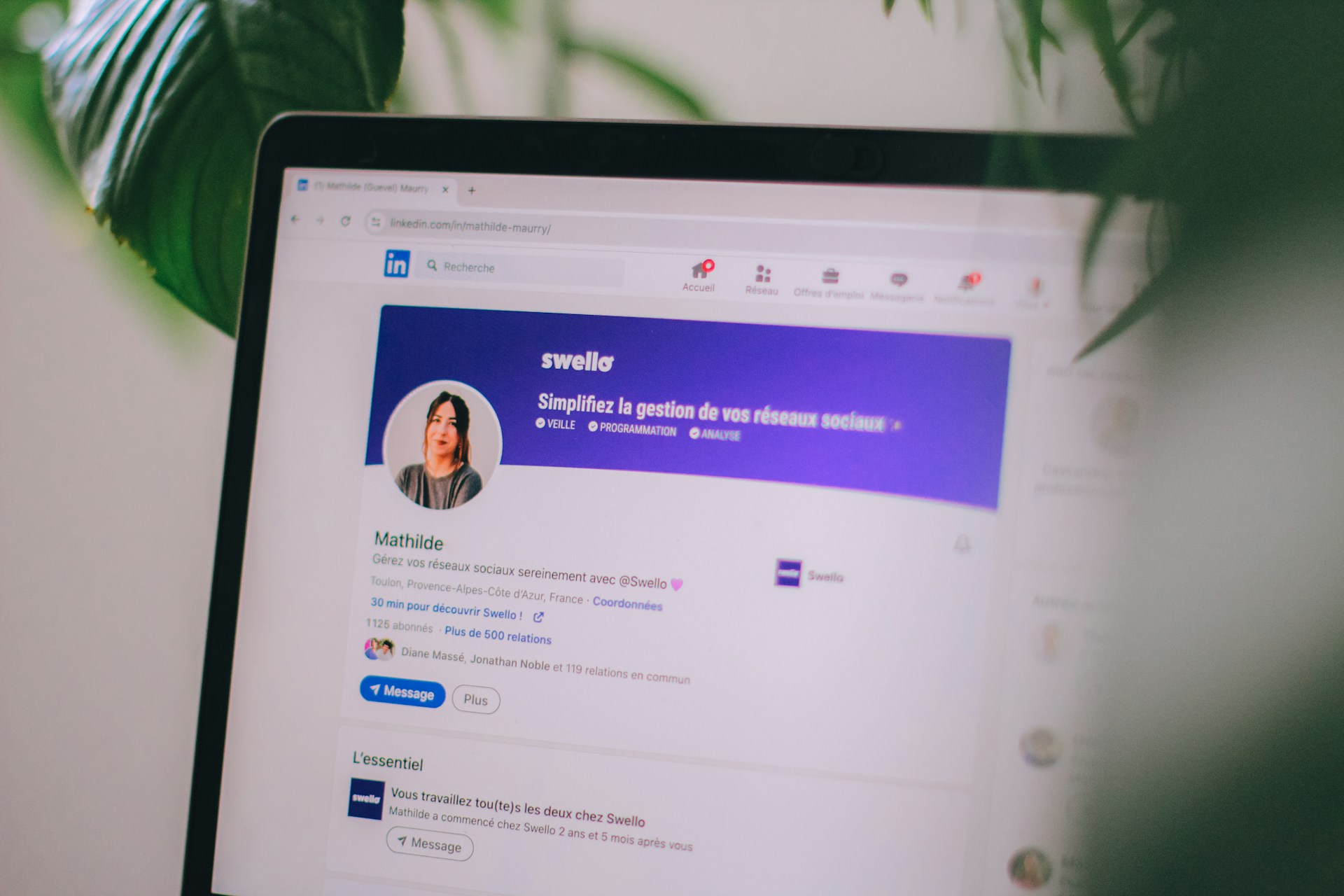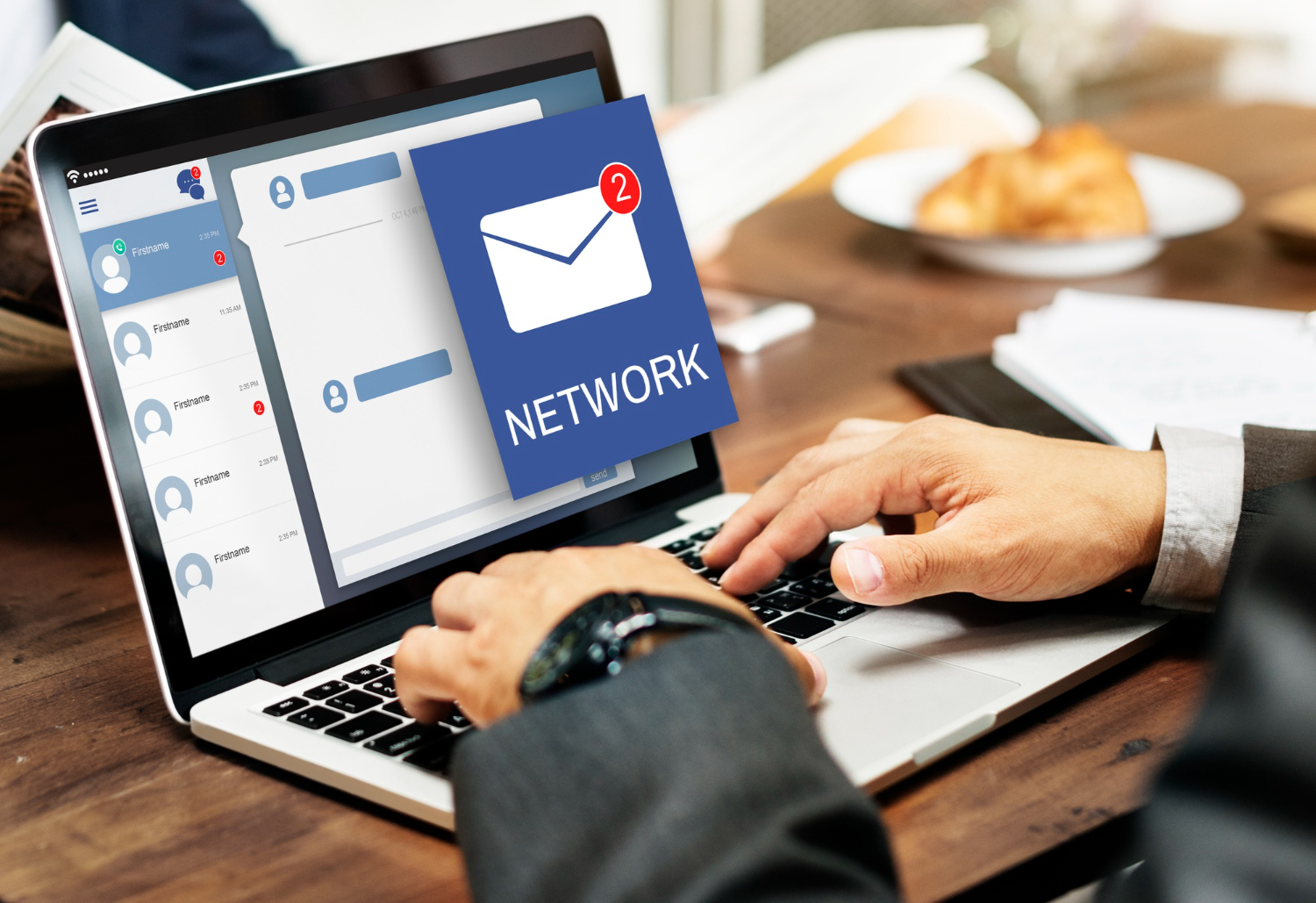LinkedIn InMail offers a powerful way to reach out directly to professionals. Unlike regular LinkedIn messages, InMail allows you to contact individuals who are not in your network. This can be especially useful for networking, job searching, and expanding your professional circle.
However, sending effective InMail requires more than just typing a quick message. To get responses and build real connections, you need to be strategic. Understanding your audience, crafting personalised messages, and following best practices can make a big difference.
Creating meaningful connections on LinkedIn involves using InMail effectively. By focusing on value and relevance, you can make each message count. In this article, we will explore how to master LinkedIn InMail for better connection building. Whether you’re new to LinkedIn or looking to improve your strategy, these tips will help you get the most out of your InMail efforts.
Understanding LinkedIn InMail: An Overview
LinkedIn InMail is a messaging feature that allows you to send direct messages to any LinkedIn user, even if they are not in your network. This sets InMail apart from regular LinkedIn messaging, which limits you to communicating within your immediate connections. InMail is available to premium LinkedIn users and provides a higher probability of getting a response due to its direct nature.
InMail messages can be highly effective when used correctly. They allow you to bypass gatekeepers and reach decision-makers directly. This can be invaluable for job seekers, recruiters, and business professionals looking to expand their network or make important business contacts.
To make the most of LinkedIn InMail, it’s essential to understand the platform’s features and how to use them effectively. InMail allows for personalisation, which is crucial for engagement. Customising each message based on the recipient’s profile increases the chances of your message being read and responded to. It’s also important to keep your message concise and focused, as long-winded messages can be overwhelming and off-putting.
Crafting Effective InMail Messages
Crafting an effective InMail message requires careful thought and strategy. Here are key elements to consider:
1. Personalisation:
Start by addressing the recipient by name and mentioning something specific about their profile. This could be a recent post they made, their role in a company, or a shared interest. Personalised messages show that you have done your homework and are genuinely interested in connecting.
2. Clear Subject Line:
Your subject line should be clear and to the point. It should give the recipient a reason to open the message. Avoid vague or generic subject lines. Instead, use specific and engaging words that highlight the value of your message.
3. Value Proposition:
Quickly get to the point and explain why you are reaching out. What value can you offer to the recipient? Whether it’s a job opportunity, a business proposal, or a networking request, clearly articulate what the recipient stands to gain from connecting with you.
4. Professional yet Friendly Tone:
While maintaining professionalism, don’t be afraid to sound friendly and approachable. A human touch can make your message more engaging and less formal.
5. Call to Action:
End your message with a clear call to action. Whether you want to schedule a meeting, ask for a reply, or suggest a follow-up call, make it clear what you want the recipient to do next.
6. Keep it Concise:
Respect the recipient’s time by keeping your message short and to the point. Aim for a few short paragraphs that convey your message clearly without overwhelming the reader.
By incorporating these elements into your InMail messages, you increase the likelihood of making a meaningful connection with your recipient. Personalisation, clear messaging, and a friendly yet professional tone are key to crafting effective InMail messages.
Best Practices for Building Meaningful Connections
Building meaningful connections on LinkedIn requires a thoughtful approach. Follow these best practices to enhance your networking efforts:
1. Research Your Recipients:
Before reaching out, take the time to learn about the person you want to connect with. Review their LinkedIn profile, look at their current role, past experiences, and shared interests. This helps in crafting a message that resonates with them personally.
2. Engage with Their Content:
Interacting with your recipient’s content can pave the way for a smoother introduction. Comment on their posts, share their articles, and engage in discussions. This shows you are genuinely interested in their work and thoughts, making them more likely to respond positively to your InMail.
3. Be Specific and Relevant:
Generic messages can feel impersonal. Be specific in your outreach and explain why you want to connect. Whether it’s a shared industry, mutual connections, or a specific reason, showing relevance makes your request more compelling.
4. Offer Value:
People are more likely to engage when they see a clear benefit. Offer something of value, whether it’s insights, collaboration opportunities, or sharing useful information. Make your message about how you can mutually benefit each other.
5. Follow Up Thoughtfully:
If you don’t receive a response, a gentle follow-up can remind them of your initial message. Keep it polite and brief, reiterating your interest in connecting. However, avoid being pushy as it can be off-putting.
6. Respect Their Time:
Keep all your communications concise and to the point. Busy professionals appreciate messages that are respectful of their time and get straight to the matter at hand.
By adopting these best practices, you can create connections that are genuine and mutually beneficial. Focus on personalisation, relevance, and clear communication to build stronger professional relationships.
Measuring Success: Analytics and Strategies for Improvement
Measuring the success of your LinkedIn InMail efforts is critical to refining your strategy. Here are key metrics and strategies to help you evaluate and improve your approach:
1. Response Rate:
Track the percentage of InMails that receive a response. A high response rate indicates effective outreach, while a low rate suggests a need for more compelling messages.
2. Message Open Rate:
Monitor how many recipients are opening your InMails. If your open rate is low, it might be time to rethink your subject lines to make them more engaging.
3. Type of Follow-Up Actions:
Analyse the actions recipients take after responding. Are they connecting with you, scheduling calls, or just thanking you for reaching out? Understanding their actions can help you better gauge the effectiveness of your value proposition.
4. Content Analysis:
Review the content of your InMails to see which message types garner the most interaction. Are personalised messages performing better than standard templates? Use this insight to tailor your future communications.
5. Feedback and Adjustments:
Seek feedback from your connections when appropriate. If someone declines your connection request or doesn’t respond, consider politely asking for feedback. This can provide valuable insights into how you might improve.
6. Regular Review and Testing:
Continuously review your metrics and experiment with different strategies. Test various subject lines, message lengths, and call-to-action techniques. Regular analysis helps you stay agile and responsive to what works best.
By measuring your efforts and making data-driven adjustments, you can enhance the effectiveness of your LinkedIn InMail strategy. This ensures that your messages are well-received and produce meaningful professional connections.
Conclusion
Mastering LinkedIn InMail is essential for building valuable professional connections. By understanding the platform, crafting compelling messages, and following best practices, you can significantly boost your engagement rates. Remember to personalise your outreach, offer clear value, and measure your success through key analytics. Adjust your strategies based on feedback and performance to continually improve your results.
If you need help refining your LinkedIn strategy or seeking LinkedIn management services, Your Hive offers comprehensive solutions tailored to your needs. Visit our website today to discover how we can assist you in achieving greater efficiency and productivity in your professional endeavours.







